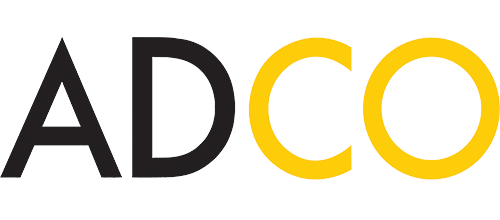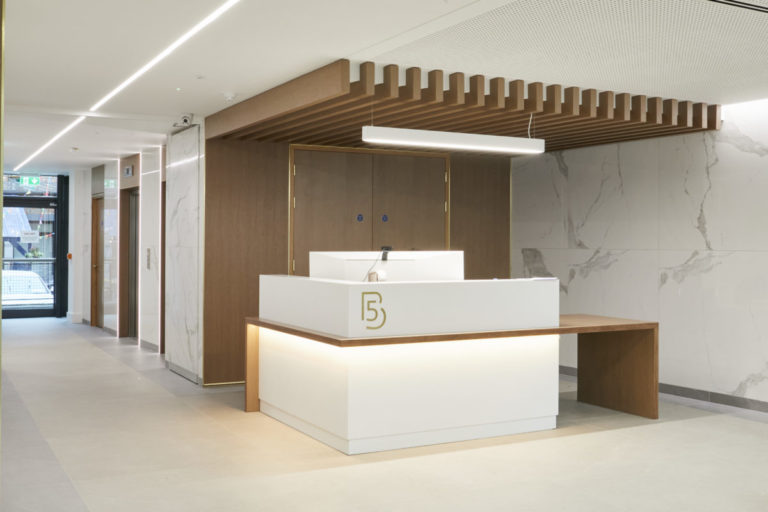Fit-Outs: The difference between design and build and traditional procurement
Before you decide to go ahead with your fit-out, you’ll need to know the difference between design and build and traditional procurement. Both options have their advantages, which we’ll discuss in this article.
The Traditional Procurement Method
The traditional procurement method involves the client partnering with a construction consultant, to decide on a professional team most suitable for the task at hand. This team will include architects, quantity surveyors, and engineers, depending on the nature of the task at hand. Following this, they will accept bids from contractors who aim to complete the project. The professional (or design) team can advise on which bids to accept. The design team is then tasked with supervising the progress of the project, ensuring effective collaboration between contractors, and liaising with the contractors and the clients.
The Design and Build Method
The design and build method involves the appointment of a single contractor. This contractor is your design and build team. As the name suggests, this team is involved in both designing and building your project, with all of the decision making taking place under one roof.
The Advantages of the Traditional Method
The traditional method offers one very important advantage in particular.
If your goal is to create standardised office spaces across in various regions, it will now be possible for you to retain the original team, but use the contractors available in each locale. Depending on the location, this could result in significant savings. Further to this, with the design team working directly for you, they can work to your budget, as opposed to aiming to keep the contractors’ costs low.
The Advantages of Design and Build
The advantages of this method are numerous.
The most obvious advantage is the increase in effective communication. With a single point of contact, communication is simplified. The efficiency doesn’t end there. With the team all working under one roof, and entirely responsible for the outcome of the project, the design can be updated in tandem with the planning. This also serves to save the client a lot of time, and worry, as the transparency of progress and costs across the project remains high. There is also the potential for the project to finish more quickly, and at a smaller cost, as having one team with an overview of all works can lead to opportunities to save becoming more apparent.
To learn more about ADCO’s D&B team, click here, or follow this link to learn more about the fit-out process.

